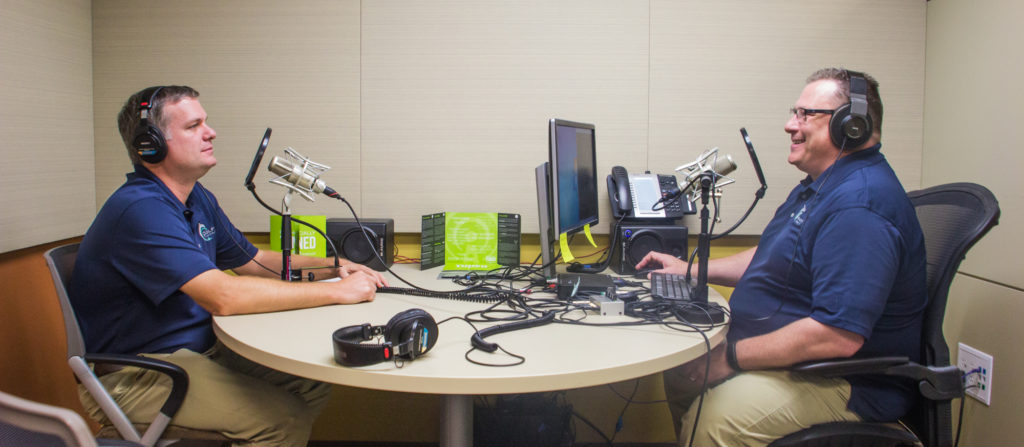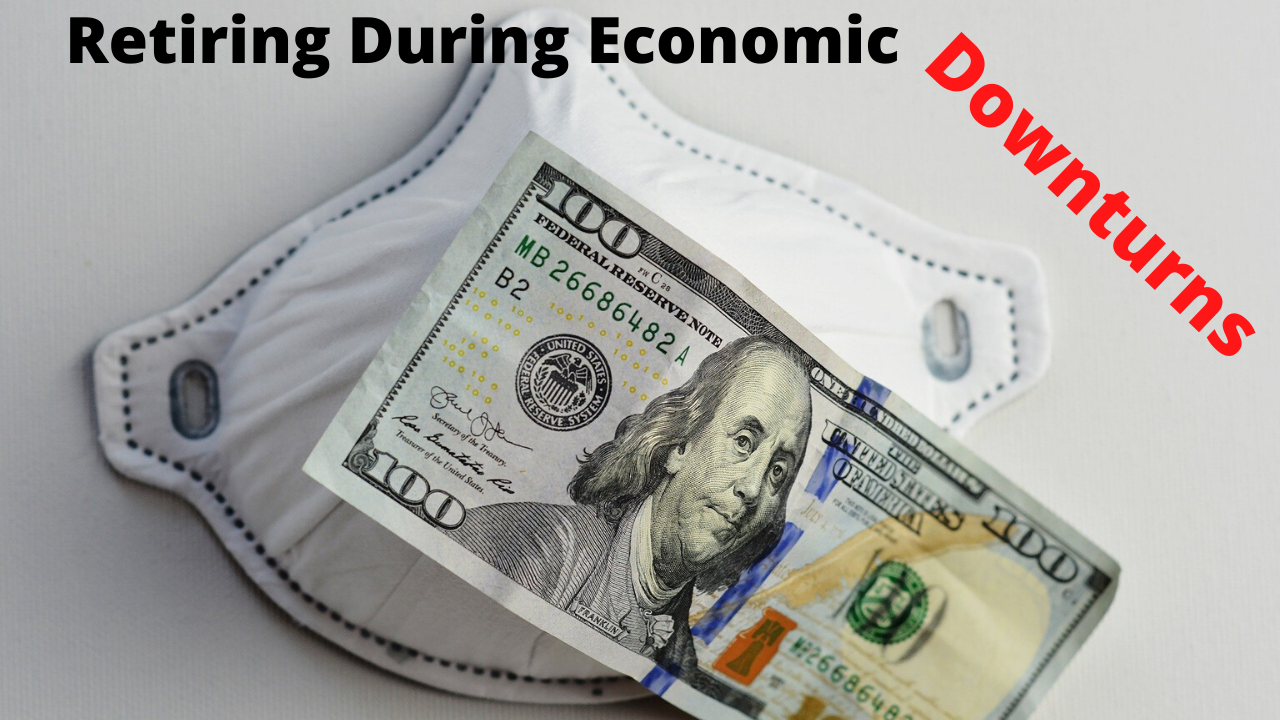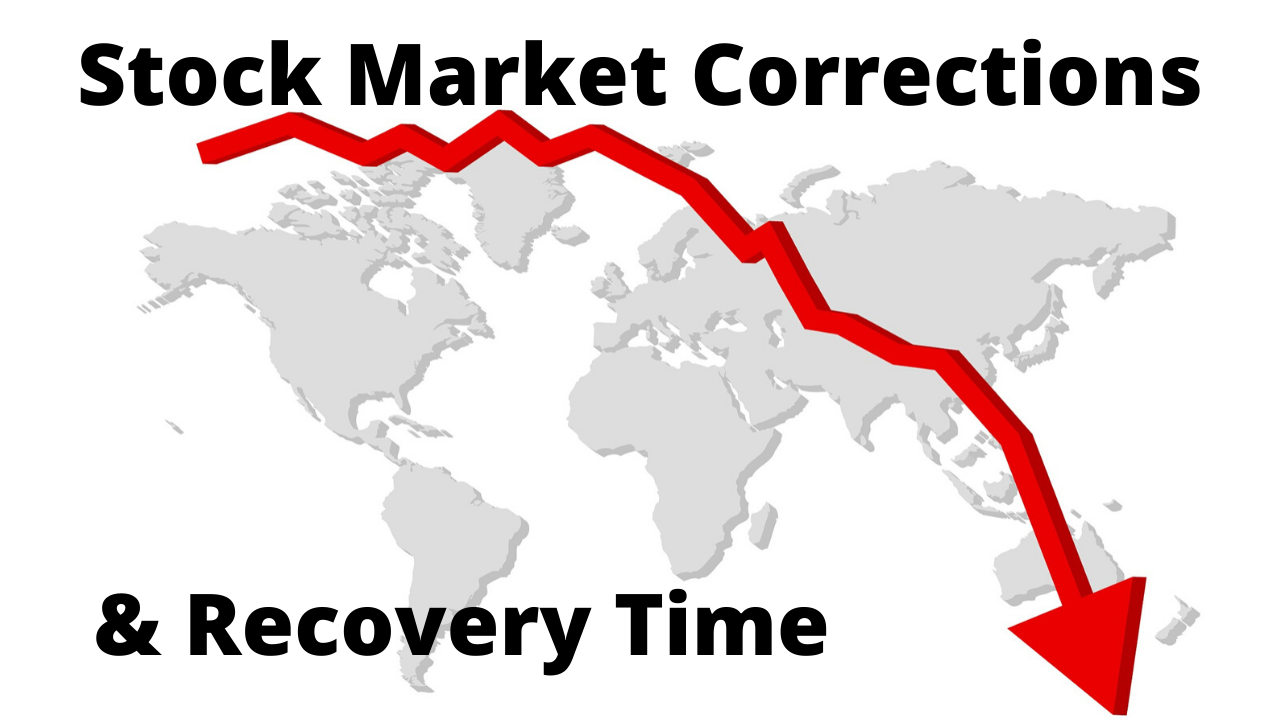Risk Free Investments
Summary:
Most people are familiar with the investment concept of risk vs reward or risk/return. Typically, the more risk you take, the greater the return should be. By the same token, the less risk you take, the lower the return should be.
So what about risk-free investments?
Shouldn’t the return of a risk-free investment be zero?
Perhaps you heard the term risk-free investments or risk-free retirement. Perhaps you’ve heard someone say “I’ve got a fool-proof plan” or “Here’s a can’t-lose opportunity” or “I’ve got a risk-free retirement plan for you.” These statements usually raise red flags, and rightly so.
There is a legitimate term called the “risk-free rate of return.”
It is a theoretical concept. It provides a baseline for comparison purposes. It answers the question – what is the rate of return or interest rate I would get on a risk-free investment? This allows you to compare riskier options to determine if they are worth the risk.
- What is the baseline tool used to suggest a risk-free rate of return?
- What instrument comes as close to risk free investment as possible?
- ANSWER: U.S. Treasury Bill.
- In particular, the three month Treasury Bill. (at least for US investors)
- Generally speaking, there is practically zero chance the US Government will default on its obligations over the next three months. So the Treasuries rate is often used as the “risk free rate.”
While it sounds great to have a risk-free rate of return. There is always some form of risk associated with an investment. Here are some common risks in no particular order:
- Market Risk – financial markets going up and down. For example – the stock market movements are a risk to stock market investors. Market Risk Premium is difference between expected return and the risk free rate.
- Liquidity Risk – Ability to access to your money when you want it. Is there a chance (risk) that you can’t access your money without a financial loss?
- Interest Rate Risk – When interest rates change, your investment value may change. For example, the price of a bond may change as interest rates change.
- Credit Risk – Risk the borrower defaults on the payment. No payments means no interest on your investment.
- Currency Risk (Exchange Rate Risk) – Differences in currency prices change and may impact an investment based in a foreign country when you exchange back to your home currency.
- Reinvestment Risk – Risk you can’t investment future money at the same or better rate. For instance, coupon payments on a bond when interest rates are going down – you’ll wish you could reinvest at the older, higher rates.
- Political Risk or Legislative Risk. Politics and policy can impact investments.
- Business Risk (Operational) – Business failing due to choices, events, or operational decisions. What if the business you invest in goes bankrupt?
- Inflation Risk– Over time, your investment value may decrease in purchasing power. The value of cash under your pillow runs the risk of being able to buy less in the future.
- Tax Risk – Tax rules change…and not in your favor. Perhaps a new administration will change the tax rules on your current investment.
Here are some investments/products that are touted as risk-free or very low risk. Next to each is some of the real risks to consider.
- Cash Under the pillow. (Risk = fire/theft, inflation)
- Treasuries Bills, Notes, & Bonds. (Risk= inflation)
- Money Market Accounts, Online Savings Accounts, Cash Management Accounts. (Risk = inflation)
- Certificates of Deposit (CDs). (Risk = inflation, liquidity risk)
- Corporate Bonds. (Risk = interest rate risk, credit risk, business risk)
- Preferred Stock. (Risk =interest rate risk, business risk)
- Fixed Annuities. (Risk = liquidity risk, business risk, inflation risk)
- Indexed Annuities. (liquidity risk, business risk)
Conclusion: Consider all the risks of each investment. Just because something is touted as risk-free doesn’t mean that it is actually free of risk. Consider all the risks and remember – there is no such thing as a risk free investment!
Watch Video Version:
Thanks for listening to Dolphin Financial Radio based in the Clearwater, Tampa area.





